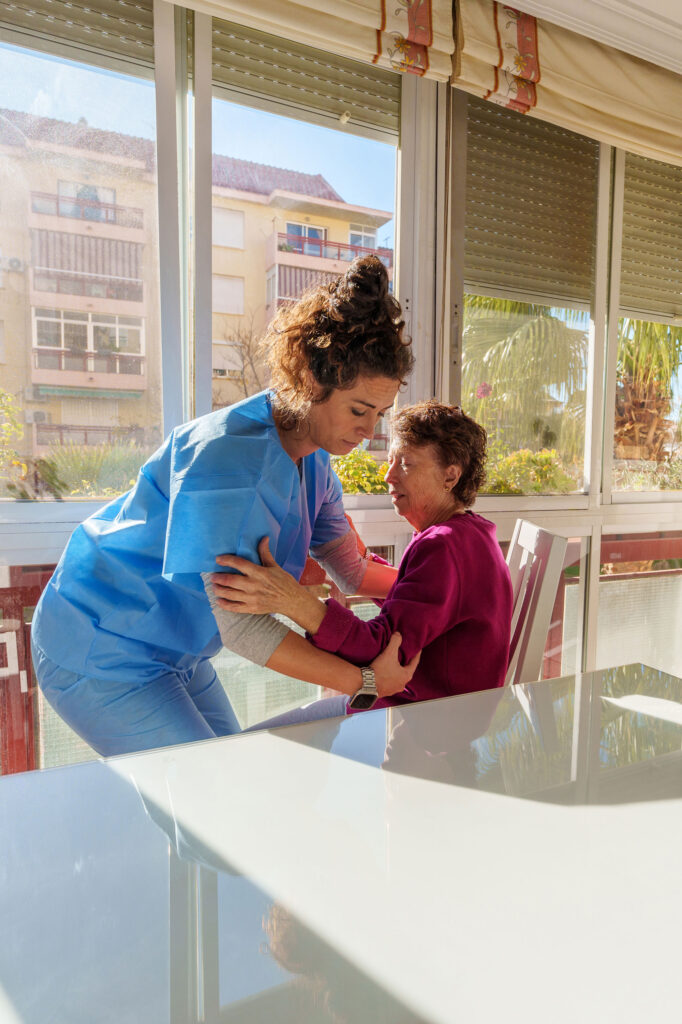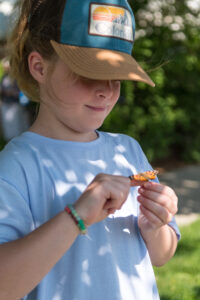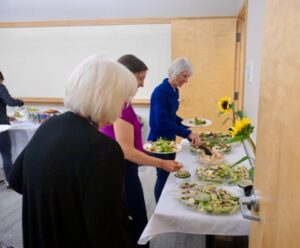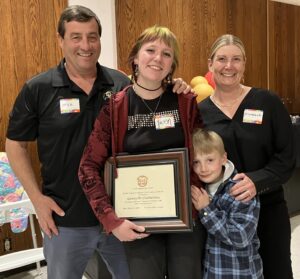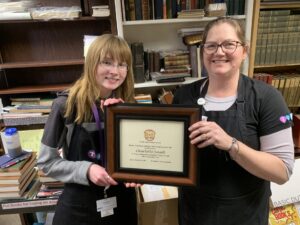On Thursday, October 30, TRU Community Care will join Boulder County and community partners in supporting those who have served our country at the annual Veterans Stand Down & Resource Fair. The event will take place from 9 a.m. to 2 p.m. at the American Legion John Harold Buckley Post 32 in Longmont.
Expanding Support for All Veterans
This year marks an important evolution for the Veterans Stand Down event. While previous years focused primarily on veterans experiencing homelessness, the 2025 fair welcomes all veterans seeking resources and support, along with their spouses and dependents. This inclusive approach reflects the community’s commitment to serving every veteran, regardless of their current circumstances.
TRU Brings Critical Resources
TRU is proud to participate in this countywide initiative organized by the Boulder County Veteran Service Office. Our team will bring several vital services to help veterans and their families plan for the future and access the care they need.
The Conversation Project in Boulder County (TCPBC), a program of TRU, will offer advance care planning support throughout the event. From 10 a.m. to 1 p.m., a volunteer lawyer and notary will be available on-site to assist veterans with important legal documents related to their healthcare wishes. This is an invaluable opportunity for veterans to ensure their voices are heard regarding their future care preferences.
Additionally, representatives from TRU’s PACE (Program of All-Inclusive Care for the Elderly), Grief Services, and Hospice & Palliative Care programs will be available to share information and answer questions. These programs provide comprehensive support for veterans and their families, addressing both medical and emotional needs during challenging times.
A Community Coming Together
The Veterans Stand Down & Resource Fair represents a true community effort, bringing together nonprofit agencies, U.S. Department of Veterans Affairs services, supplies for those experiencing homelessness, and much more. Attendees will also have access to meals and a wide range of services designed to support veterans’ wellbeing.
For veterans who need transportation to the event, Mobility for All is available at 720-564-2218 or mobilityforall@bouldercounty.gov.
Event Details
When: Thursday, October 30, 2025
Time: 9 a.m.–2 p.m.
Where: American Legion John Harold Buckley Post 32, 315 S. Bowen St., Longmont
Download and share the event flyer
Questions? Contact Lindsay Neville at lneville@bouldercounty.gov
At TRU Community Care, we believe in honoring those who have served by providing compassionate, comprehensive support when they need it most. We look forward to connecting with veterans and their families at this important community event.
TRU Community Care’s We Honor Veterans program is dedicated to ensuring veterans receive the respectful, dignified care they deserve. Through advance care planning, hospice and palliative care, and grief support, we honor the service and sacrifice of our nation’s veterans.


